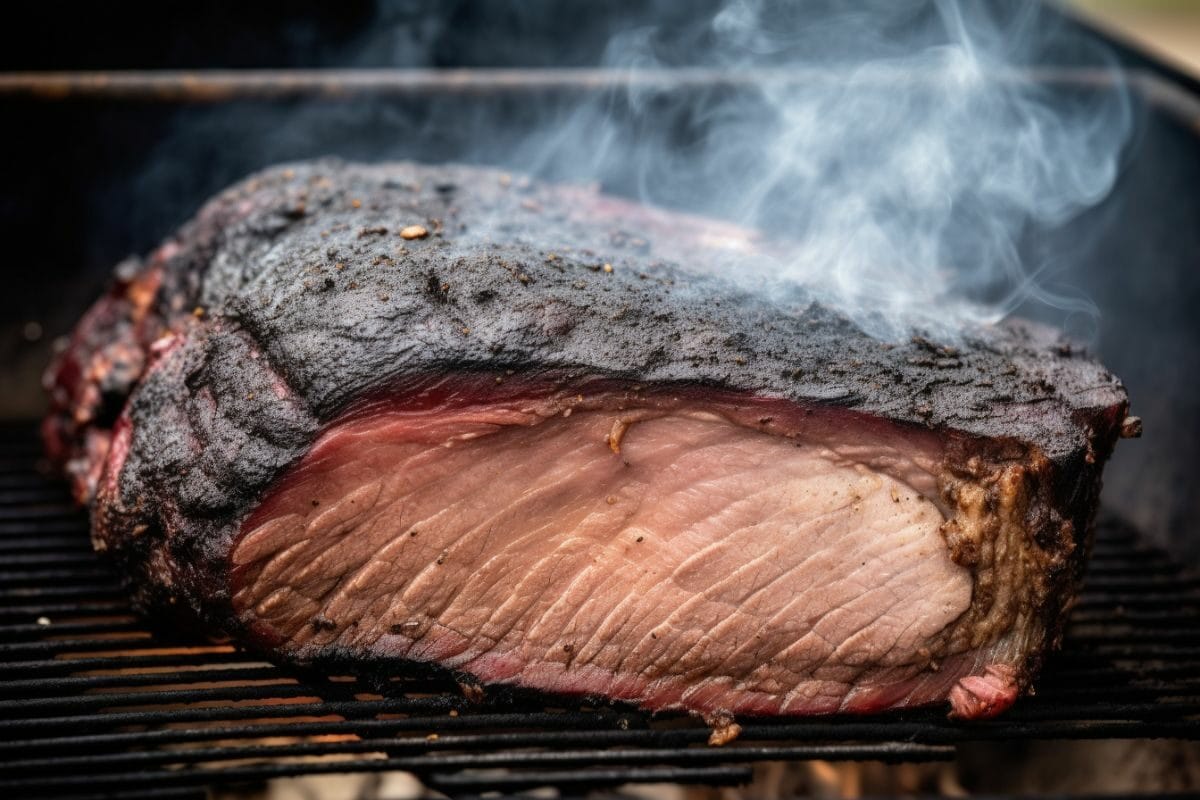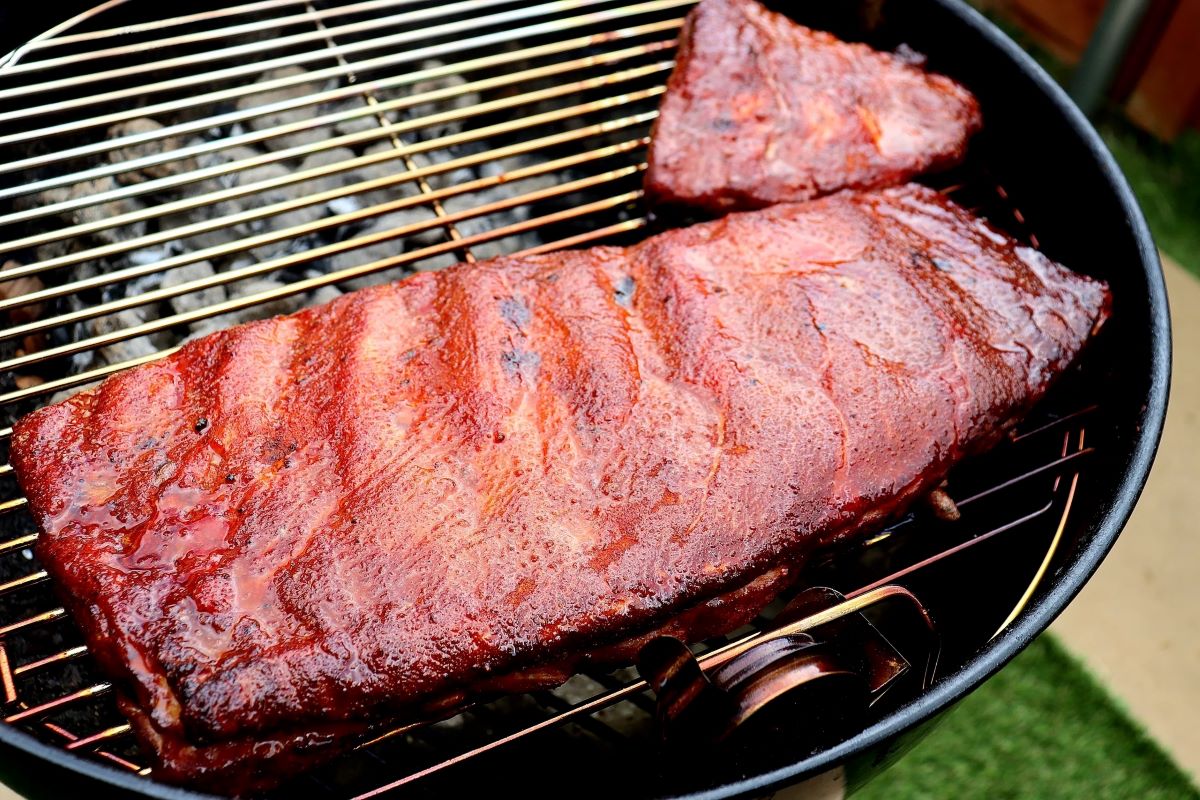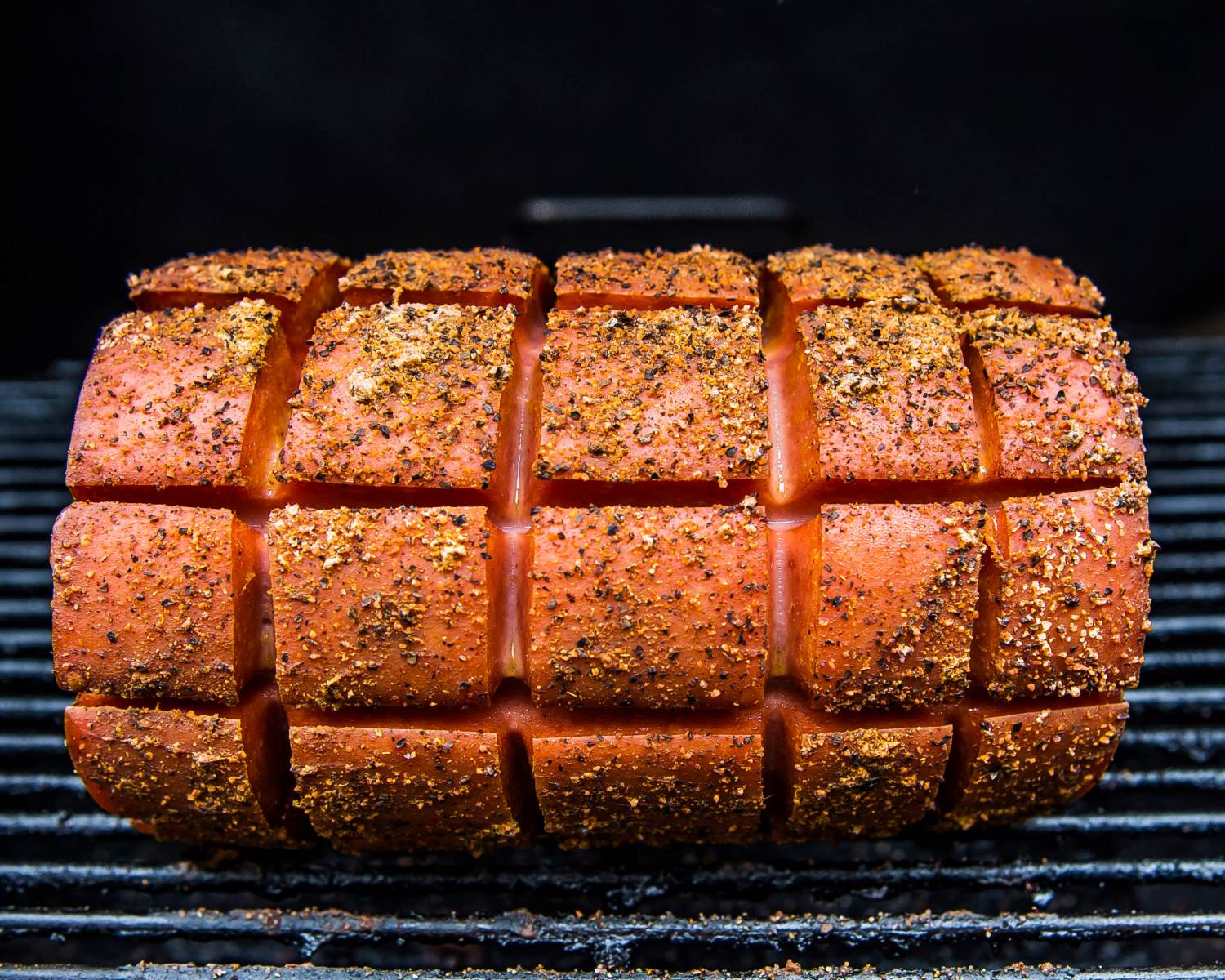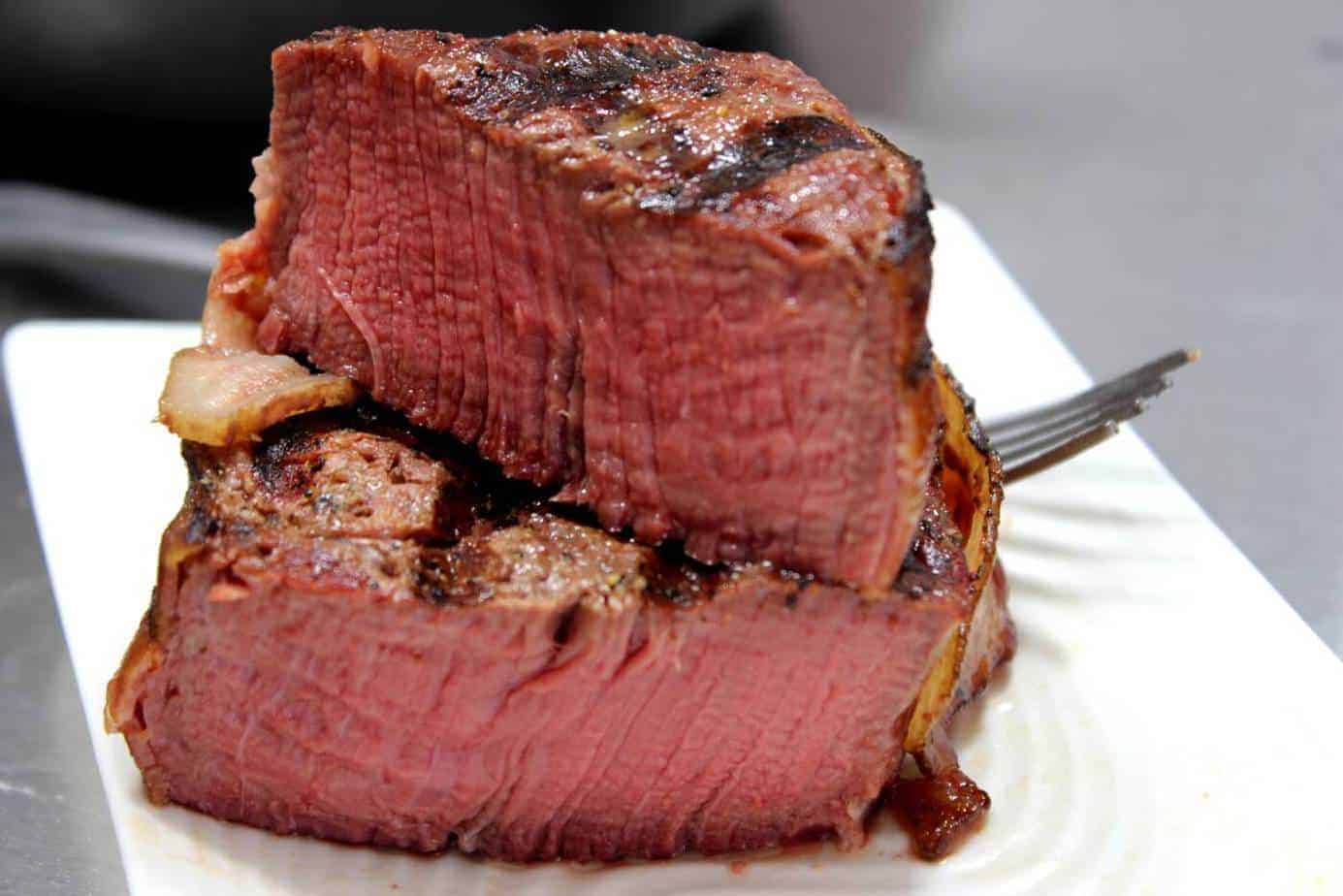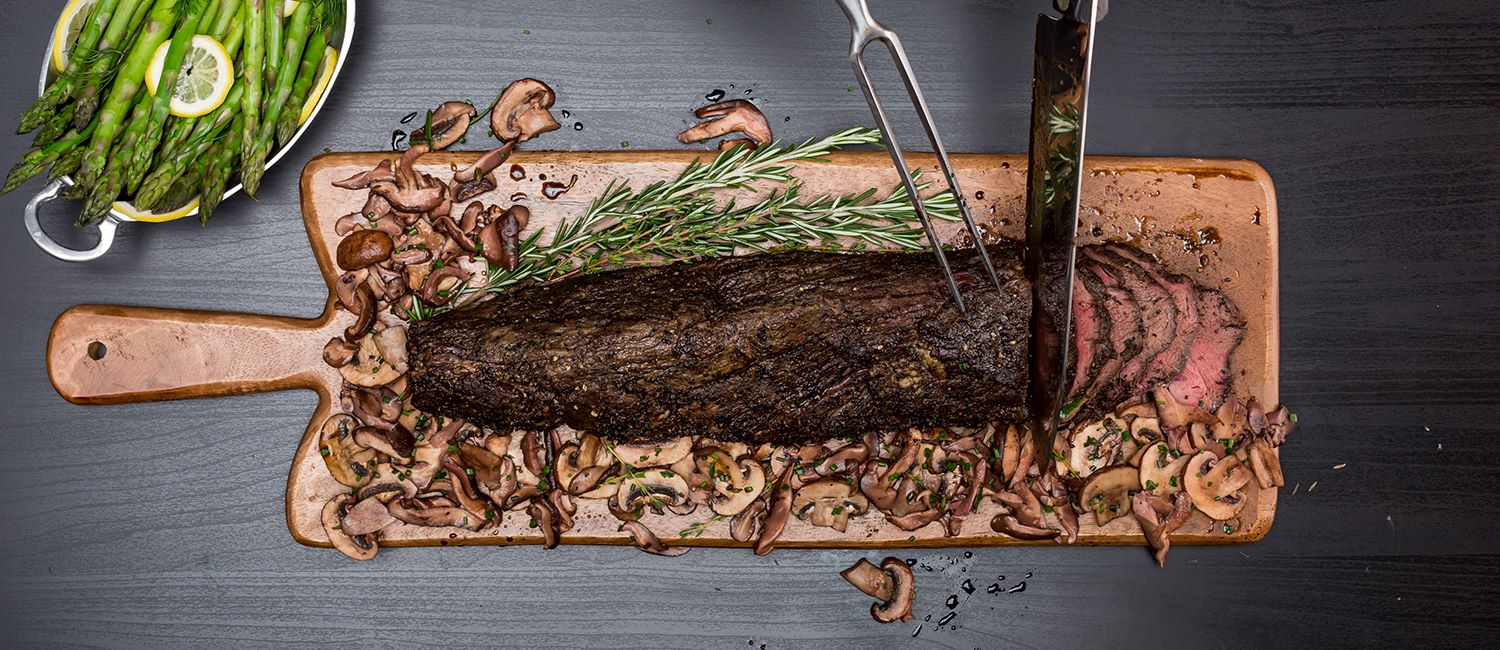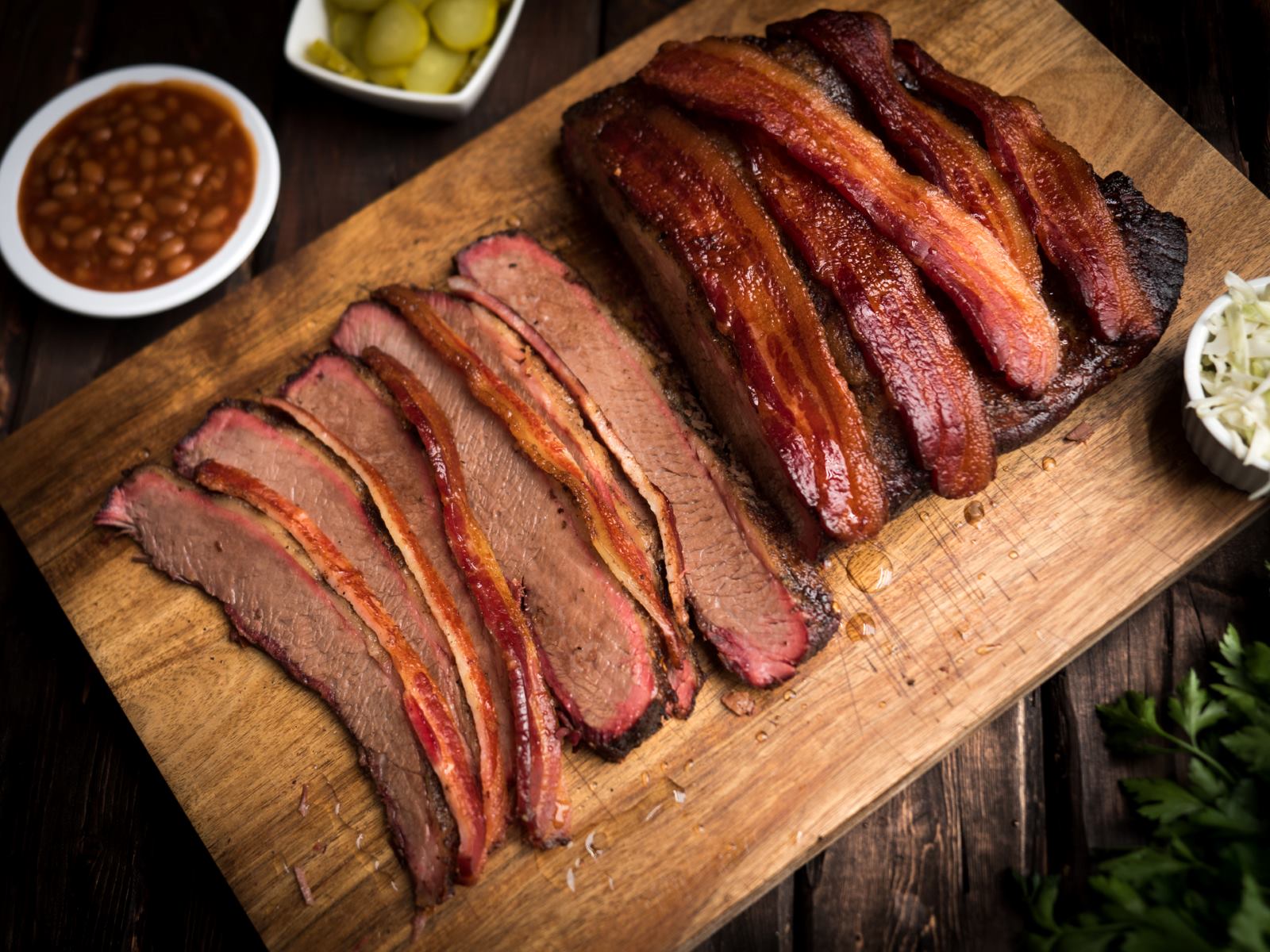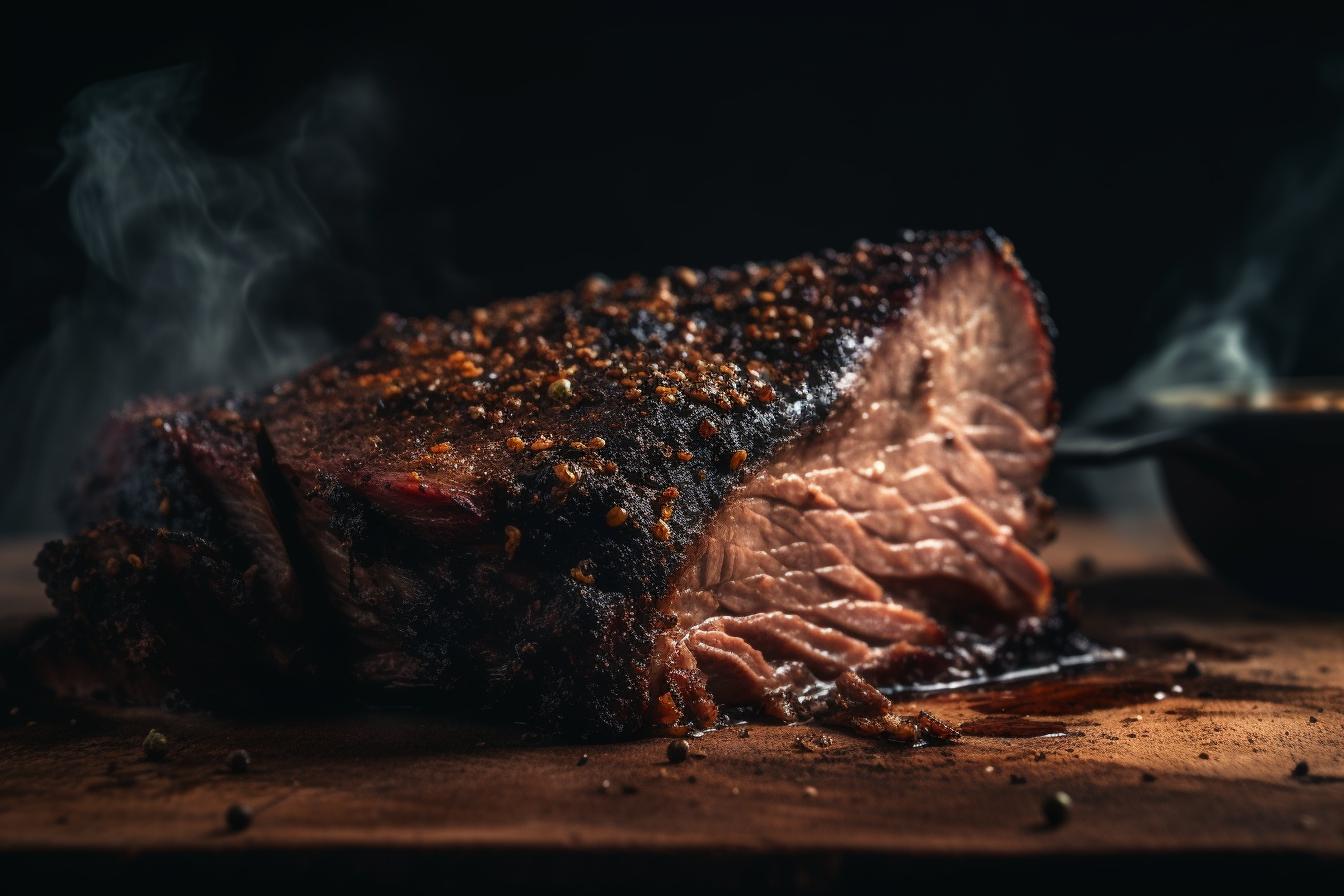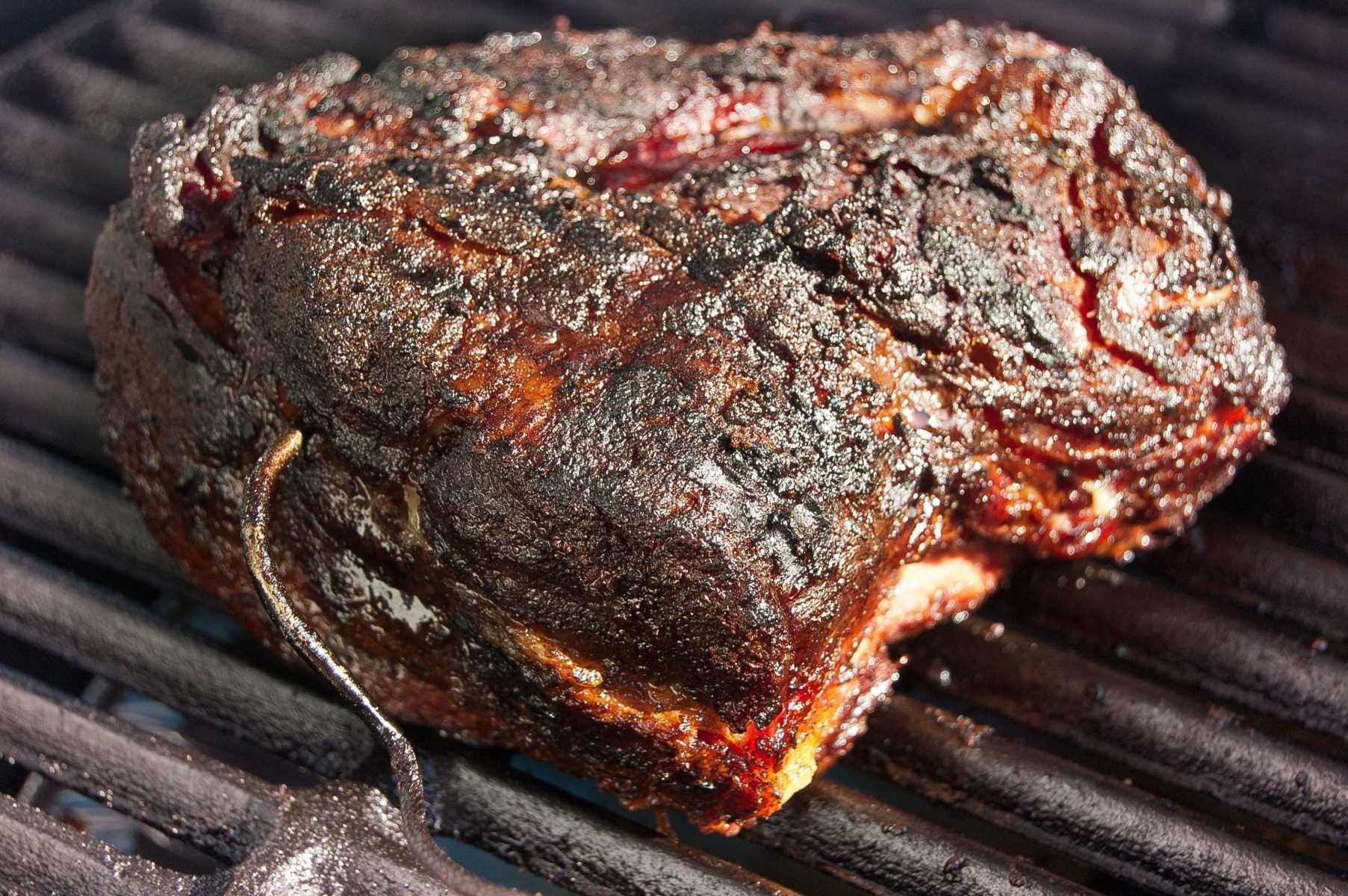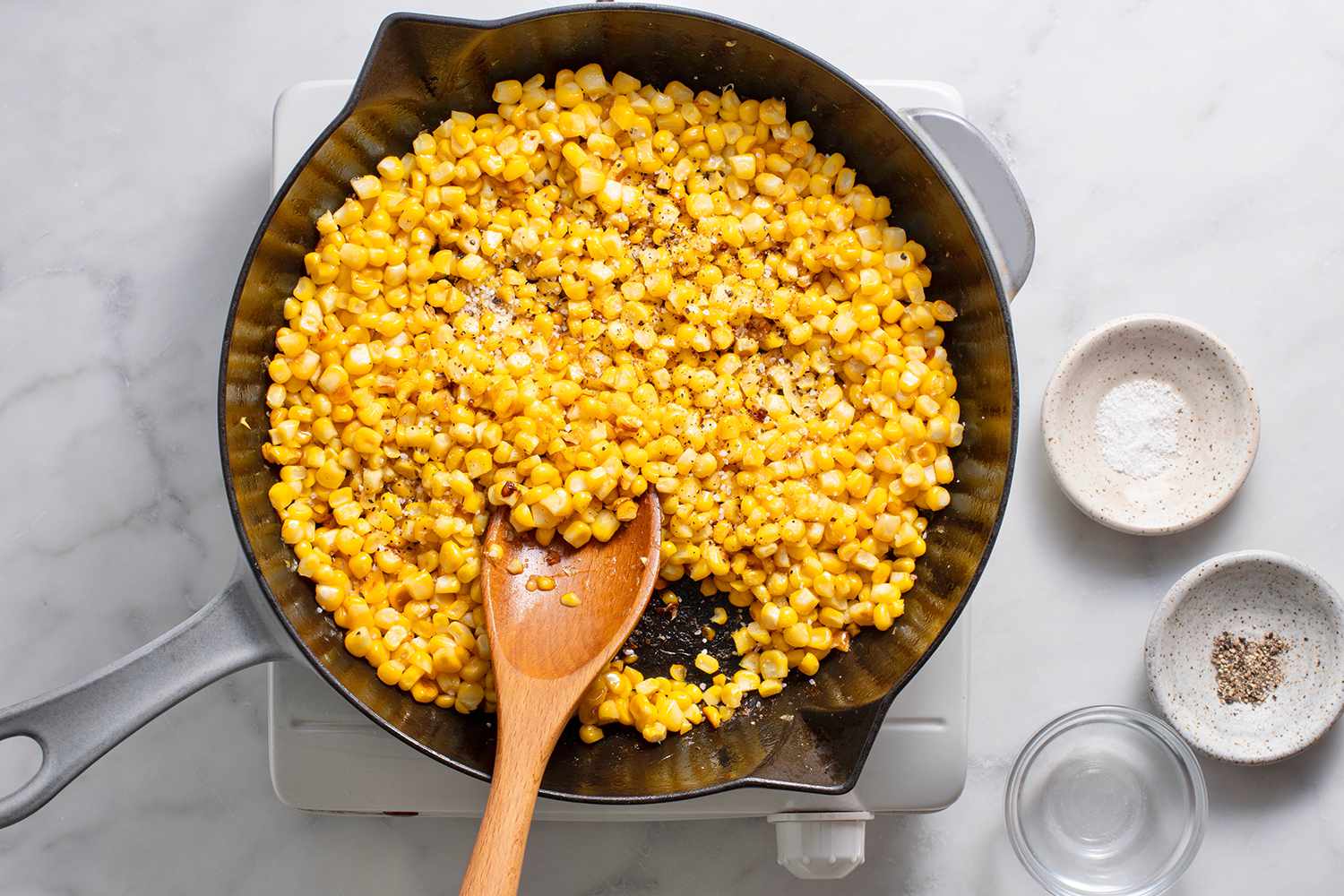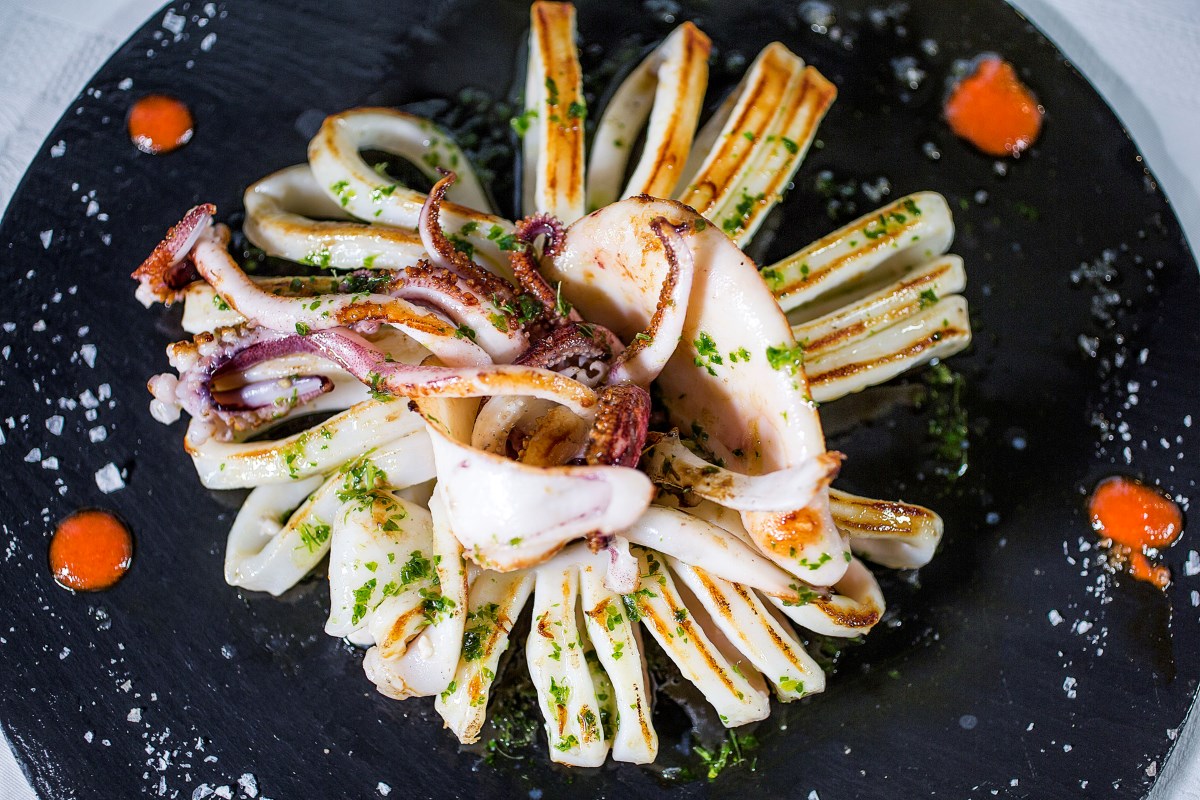Delicious and Tender: How to Smoke Brisket Burnt Ends
Smoked brisket burnt ends are a delectable treat that every barbecue enthusiast should have in their cooking repertoire. These flavorful, bite-sized pieces of meat are a beloved delicacy in the world of barbecue, and learning how to smoke brisket burnt ends to perfection is a skill worth mastering. If you’re ready to elevate your barbecue game and impress your friends and family with mouthwatering burnt ends, then read on for a step-by-step guide on how to smoke brisket burnt ends like a pro.
Choosing the Right Brisket
Before you can begin the smoking process, it’s important to select the right brisket for making burnt ends. Look for a well-marbled, high-quality brisket with a good amount of fat. The fat will render down during the smoking process, resulting in tender, juicy burnt ends that are full of flavor.
Preparing the Brisket
Start by trimming the excess fat from the brisket, leaving about a ¼ inch layer to ensure that the meat stays moist during the smoking process. Once trimmed, season the brisket generously with your favorite dry rub, making sure to coat the meat evenly on all sides.
The Smoking Process
Now it’s time to fire up your smoker. Maintain a steady temperature of 225-250°F throughout the smoking process. Use wood chips or chunks to infuse the brisket with smoky flavor – hickory, oak, or mesquite are popular choices for smoking brisket.
Place the seasoned brisket in the smoker and let it smoke for several hours, allowing the meat to develop a beautiful bark on the outside. You’ll know it’s ready when the internal temperature reaches 165°F.
Cutting and Re-Smoking
Once the brisket reaches the desired internal temperature, remove it from the smoker and let it rest for about 15-20 minutes. Then, slice the brisket into 1-inch cubes, ensuring that each piece contains a good balance of meat and fat.
Transfer the cubed brisket into an aluminum pan and toss them in a sweet and savory glaze or barbecue sauce of your choice. Return the pan to the smoker and let the burnt ends smoke for an additional 1-2 hours. This second round of smoking will caramelize the glaze and further enhance the flavor of the burnt ends.
Serving and Enjoying
Once the burnt ends are beautifully caramelized and tender, they are ready to be served. Arrange them on a platter and watch as they disappear within minutes. These delectable bites of smoky, succulent meat are perfect for serving at gatherings, parties, or simply enjoying as a special treat for yourself.
Now that you’ve mastered the art of smoking brisket burnt ends, you can impress your friends and family with this irresistible barbecue delicacy. With a little patience and a lot of love for barbecue, you can create tender, flavorful burnt ends that will have everyone coming back for more.
So, fire up your smoker, grab a brisket, and get ready to enjoy the mouthwatering experience of smoking brisket burnt ends. Your taste buds will thank you!
For those eager to master the art of smoking brisket burnt ends, the article provides a treasure of recipes to experiment with. Fans of classic flavors will appreciate the Classic BBQ Brisket Burnt Ends, a timeless recipe that never disappoints. If you're looking to add a bit of heat, the Spicy Maple-Glazed Brisket Burnt Ends offers a perfect balance of sweet and spicy. For a unique twist, the Pineapple Habanero Brisket Burnt Ends brings a tropical kick that's hard to resist. Those who enjoy a savory touch should not miss the Garlic Parmesan Brisket Burnt Ends, which adds a rich, umami flavor to the mix. Lastly, the Bourbon Glazed Brisket Burnt Ends combines smoky and sweet elements for a truly indulgent experience. Each of these recipes is crafted to enhance the smoking technique detailed in the guide, making them perfect choices for both novice and seasoned pitmasters alike.
Was this page helpful?
Read Next: How To Smoke Perfect Brisket

